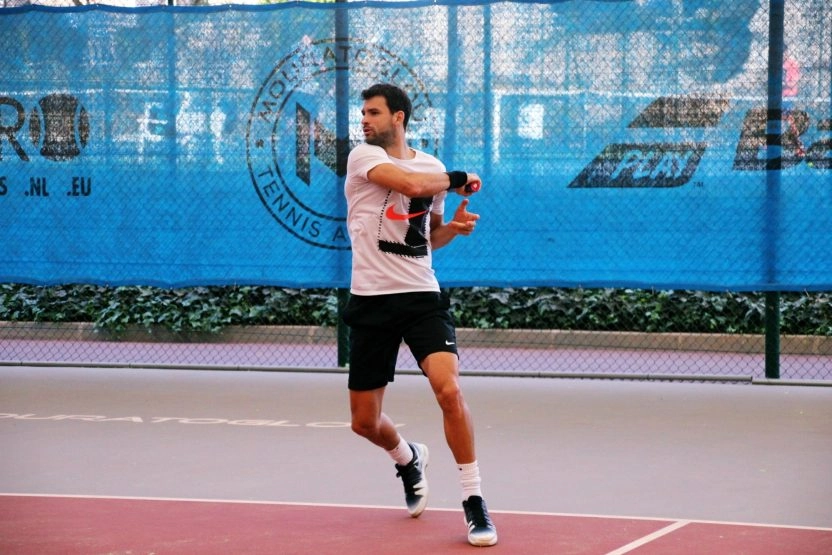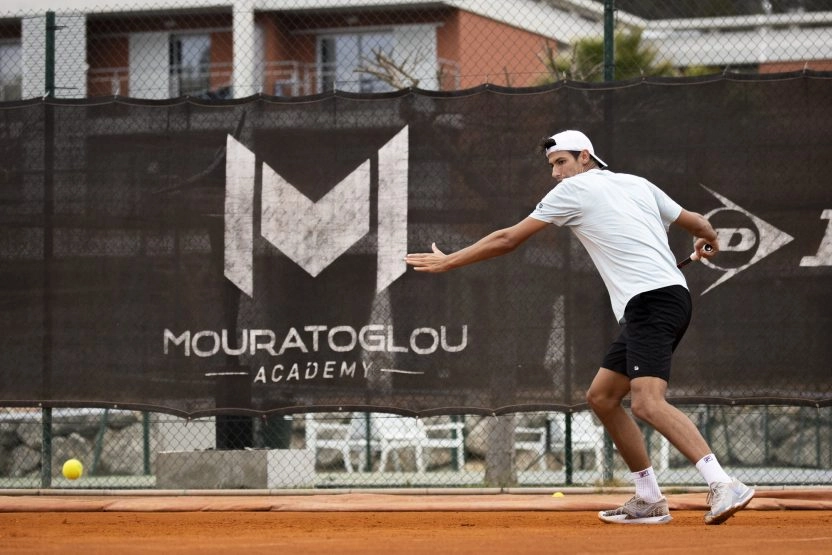1. Taking the initiative
By playing a staggered forehand, you immediately take the initiative on the point. As the forehand is often stronger than the backhand, this allows you to set a faster pace and attack your opponent.

The offset forehand is a technique widely used by tennis players to maximise their offensive potential. It involves going around the ball, which is generally aimed at the backhand, in order to hit with the forehand, which is often the most powerful and controlled shot. This approach allows you to take the initiative in the rally and impose your game, hitting more powerful shots and opening up angles to destabilise your opponent.
Mastering this technique can transform the way you play, giving you numerous opportunities to win decisive points. Make rapid progress in your forehand shift thanks to a tennis course designed with the Mouratoglou Methodology.

The offset forehand consists of going around the ball to play it as a forehand, even when it is facing the backhand side. This technique is often used to avoid playing a backhand, which is generally less powerful or less accurate than a forehand for many players. By shifting to your backhand side to hit the ball with your forehand, you can play aggressively and control the rally better.
This technique is particularly effective on slower balls or those that don’t have much depth. It gives you time to reposition yourself and anticipate the trajectory to prepare your shot. The forehand shift is a formidable weapon for offensive players, enabling them to turn a potentially defensive situation into an opportunity to attack.

The forehand shift is particularly useful in certain situations:
Although the staggered forehand is a formidable technique, there are a number of mistakes that can undermine its effectiveness:
Yes, even beginners can benefit from this technique. However, it’s important to first master lateral movement and have a solid forehand before incorporating this tactic into your game.
No, you mustn’t abuse this technique. The forehand shift should be used intelligently, mainly when you have the time and the situation allows you to do it without taking too many risks.
The staggered forehand is particularly effective on slower surfaces such as clay, where you have more time to move around. However, it can also be used successfully on hard surfaces if you anticipate your opponent’s shots well.
Where would you like to go?
France
Mouratoglou Academy, Biot, French Riviera, France

USA
EUROPE
ASIA
MIDDLE-EAST
Who would you like to contact?
FRANCE
Mouratoglou Academy, Biot, French Riviera, FRANCE

USA
EUROPE
ASIA
MIDDLE EAST